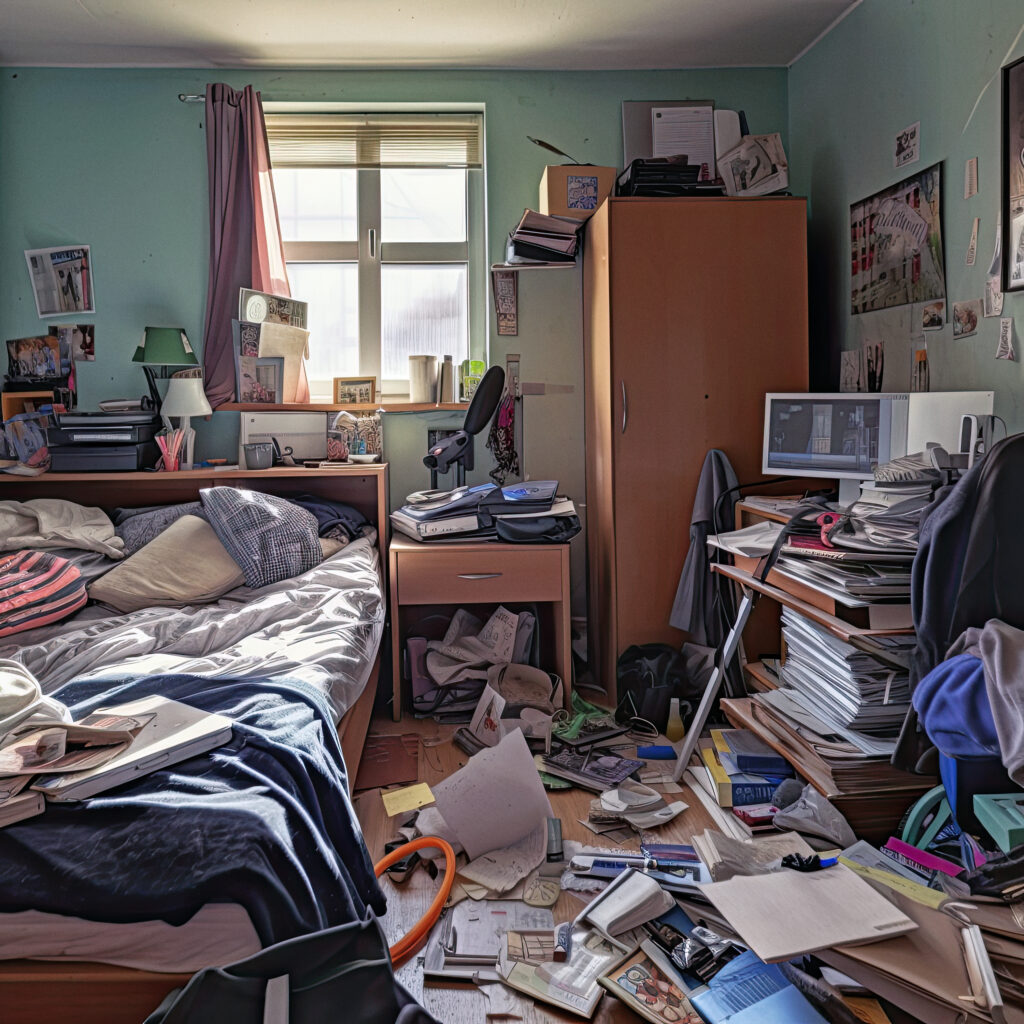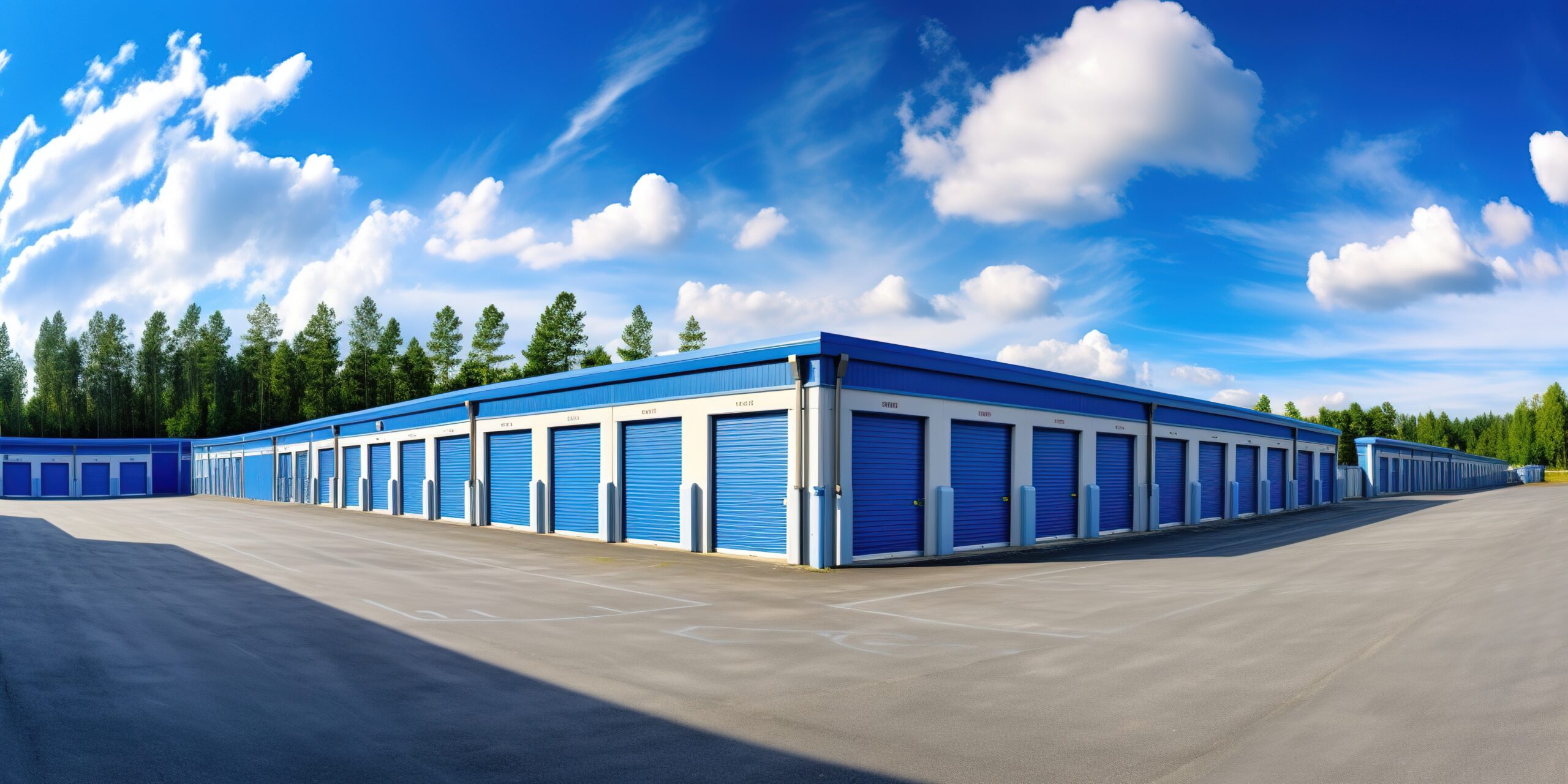FAQ: I want to declutter my house but feel completely overwhelmed. Where should I start?
The Answer: Do the easy stuff first, and realize that decluttering is an ongoing and transformative process, like peeling the layers off an onion
Layer 1: Quick Wins – Trash or Donate
This phase isn’t about asking your grown kids if they still want their high school yearbooks they left behind when they moved out 15 years ago. This is about what is EASY and what you can control. Get 1 empty box and 1 trash bag. Go through your house, 1 room, 1 closet, 1 shelf at a time and see what you can put in the box or bag. When the bag is full, take it out to your trash can and get a new bag (we are not piling up things TO DO later). When your Donate box is full, go put it in your car. Go through your entire house.
If you get stuck making those decisions, get yourself some Power Questions. Here are some examples:
“Does this item help me be my best self?”
“If this item was destroyed, stolen, or broken, how upset would I be?” “Would I run right out and replace it?”
“Do I have an item that serves a similar purpose that I like better?”
“If I wanted to move, would it be worth it to pack, move and unpack it in my next home?” “When and how would I use it?”
Or come up with your own questions that can help make this process easier for you.
Items that are broken, expired, or no longer serve a purpose can be discarded. Those in good condition but no longer needed can be donated or given away to someone who will benefit from them. By starting with this layer, you can make immediate progress and create space for the next steps.
Layer 2: Delving Deeper – Assessing Necessity and Usage
Once you have cleared out the obvious clutter, it’s time to dive deeper and evaluate the items you use on a regular basis.
Categorize your belongings, such as clothing, kitchenware, or electronics, and assess how many of each item you truly need. For example, do you really need multiple umbrellas or duplicate kitchen gadgets?
Consider your lifestyle, preferences, and the practicality of each item. Let go of duplicates and items that no longer serve a purpose in your daily life. This layer of decluttering allows you to streamline your possessions and create a more functional living space.
You also want to think about Long-term Storage vs. Short-term Storage. Items you never look at but want to keep forever go into Long-term Storage (family photos, tax returns, memorabilia, etc.) Items you don’t need handy but do use occasionally go into Short-term Storage (holiday decorations, gift wrap supplies, art and hobby supplies, off-season clothing, back-up or overflow supplies, pet stuff, luggage and travel items, Party/Entertaining supplies, etc.
Layer 3: A Fresh Perspective – Maximizing Space and Functionality
The third layer of decluttering involves taking a step back and evaluating each room with a critical eye. What is the best purpose of each room, and is the space being used to its full potential? Are there any areas that could be rearranged to better suit your needs? Keep in mind any future plans for moving, downsizing, or upsizing. If you plan to downsize, for example, then shouldn’t you be emptying the spaces you won’t have in your new home, like the extra bathrooms, bedrooms, or storage spaces? Also, remember that any space you aren’t really using is a space that is still costing you time, money, and stress on a regular basis, so you don’t want to waste it.
Decluttering your home is a transformative process that requires time, effort, and a systematic approach. By breaking it down into layers, starting with the easy wins and gradually delving deeper, you can achieve a clutter-free and organized living space. Remember, decluttering is not a one-time task but an ongoing practice. Regularly reassess your belongings and maintain the layers of decluttering to ensure a harmonious and stress-free home environment. Embrace the journey!



